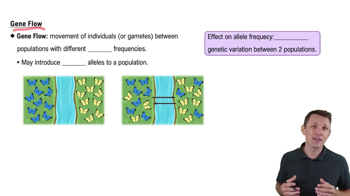Predict how the following conditions would affect the production of O2, ATP, and NADPH and state whether noncyclic or cyclic electron flow would occur in each:
(3) blue and red photons hit a chloroplast, but a proton channel has been introduced into the thylakoid membrane, so it is fully permeable to protons.






